Overview
To automate reporting tasks, GFI LanGuard enables you to generate and optionally send reports, based on a schedule. You can configure schedules for existing or custom reports.
Information
This section contains information about:
Creating new scheduled reports
To create a new scheduled report:
1. Click the Reports tab.
2. From Actions, select New scheduled report.
3. From the Report Template section, configure the following options:
| Option | Description |
|---|---|
| Schedule Report Template | Select an existing report from the drop-down menu. This enables you to create a new report based on the settings of an existing one. |
| Schedule Report Name | Key in a unique name for the new report. |
| Schedule Report Description | Optionally, key in some information about the report such as report items or schedule settings. |
4. From the Target Domains & Computers section, configure the following options:
5. From the Filter drop-down menu, select a filter that you want to apply to the new scheduled report. This enables you to generate reports based on data pertaining to scan targets included in the filter.
NOTE: Only custom filters can be applied to scheduled reports.
6. From Scheduling Settings, configure the following options:
| Option | Description |
|---|---|
| Enable Schedule | Select to turn on report scheduling and generate the report according to schedule settings. |
| One time only, on | Specify a date and time when the report is generated. This option generates the report once, on the specified date. |
| Recurrence pattern |
Select recurrence frequency and specify the time the scheduled report is generated. |
7. From Alerting & Saving Settings, configure the following options:
| Option | Description |
|---|---|
| Export to file | Select to save the report in a folder. |
| Export Settings | Click Export Settings and from the Scheduled Reports Storage Options dialog, specify the folder where the report is saved and the format the report is saved in. |
| Send by email | Select to send report by email. The report is sent to recipients configured in Alerting Options. |
| Alerting Options | Click Alerting Options and configure alerts recipients and mail server settings. For more information refer to Configuring Alerting Options. |
| Override general alerting options, and send email to | Select to use email recipients other than the ones configured in Alerting Options. |
8. Click Add Schedule to save the report.
Configuring scheduled reports options
To configure additional scheduled reports settings:
1. From the Scheduled Reports section, click Scheduled Reports Options.
2. Click Alerting Options to configure email settings to use to send reports.
For more information refer to Configuring Alerting Options.
3. Click Storage Options to specify the format and the location where generated reports are saved.
NOTE: By default, all generated reports are stored as PDF in:
<GFI LanGuard install directory>\Reports.
Managing scheduled reports
To manage scheduled reports:
1. Click the Reports tab.
2. From Scheduled Reports, click Scheduled Reports List.
3. Double-click a report from the right pane to edit schedule report settings.
4. Monitor schedule reports activity from the Scheduled Reports Activity Logs section at the bottom of the right pane.






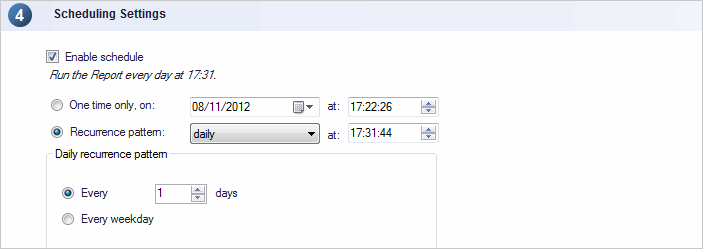
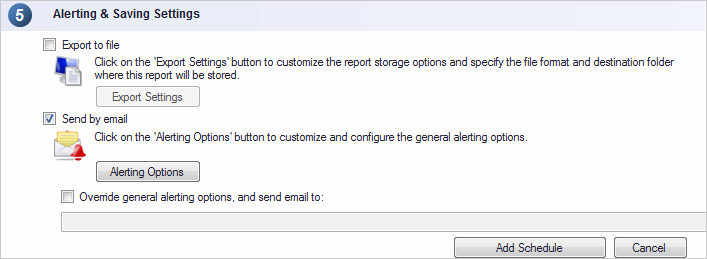
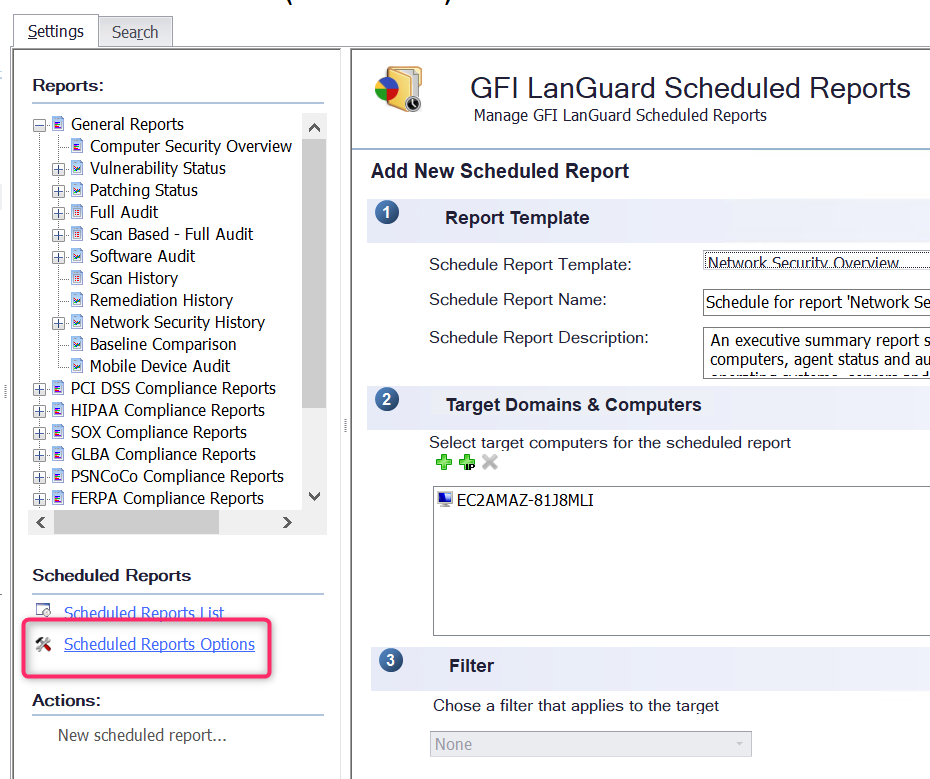
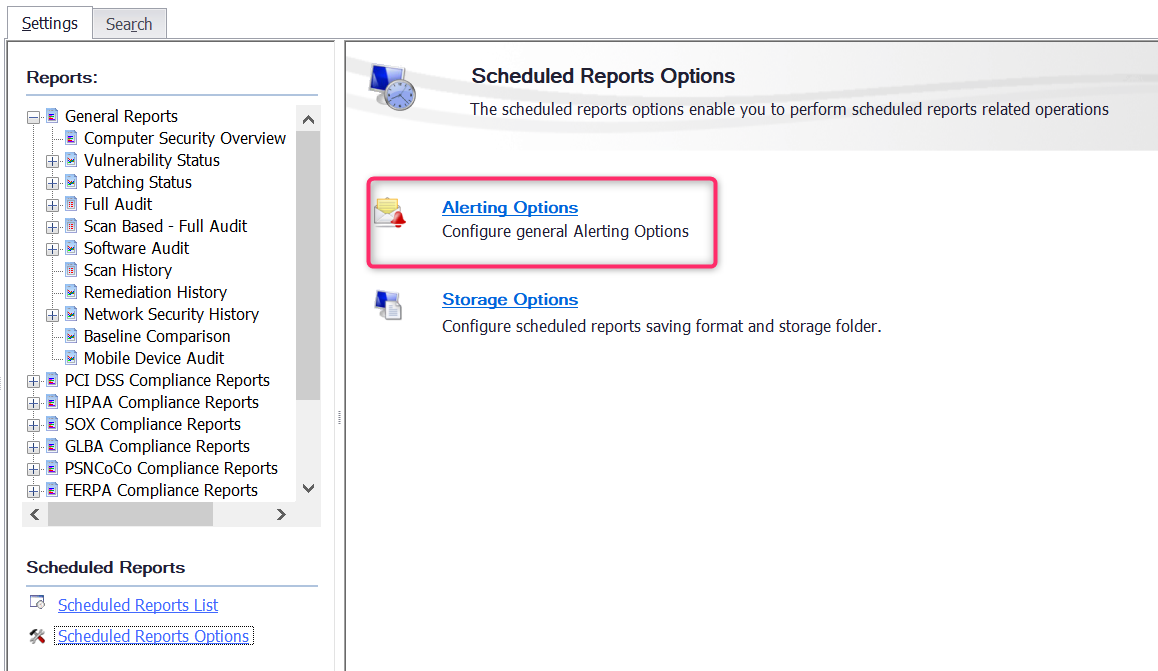
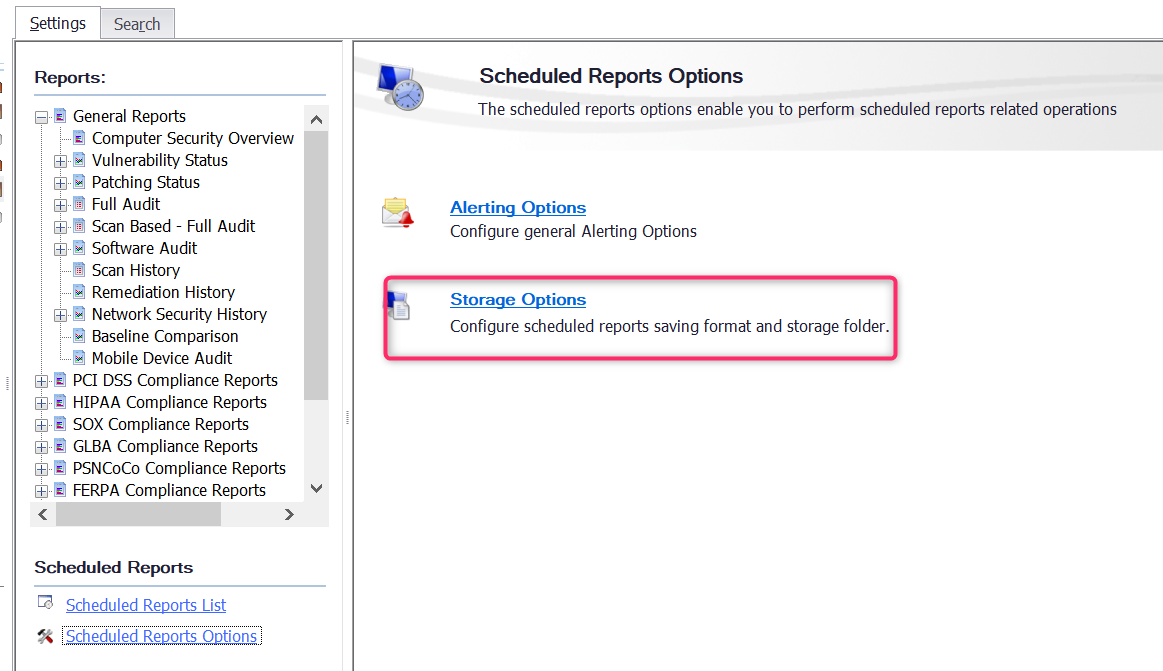
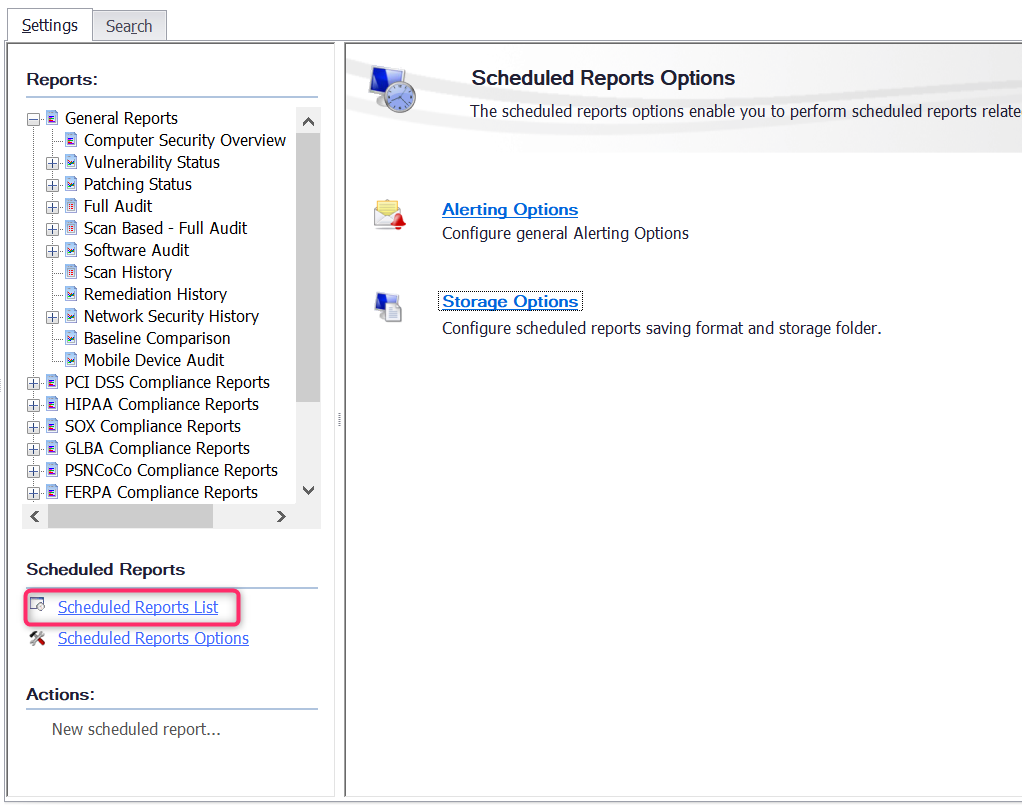
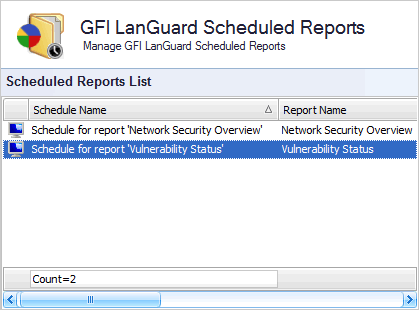
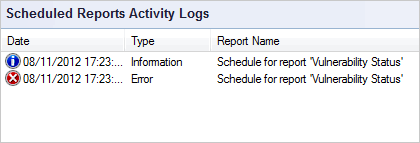
Priyanka Bhotika
Comments